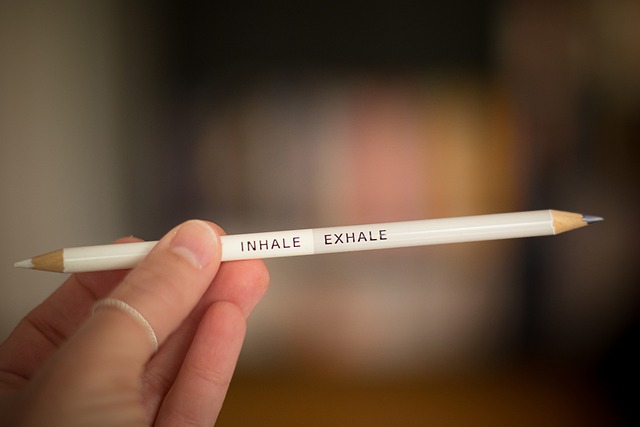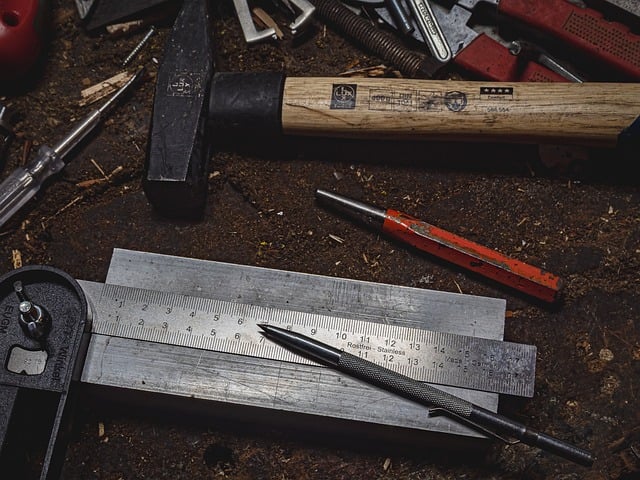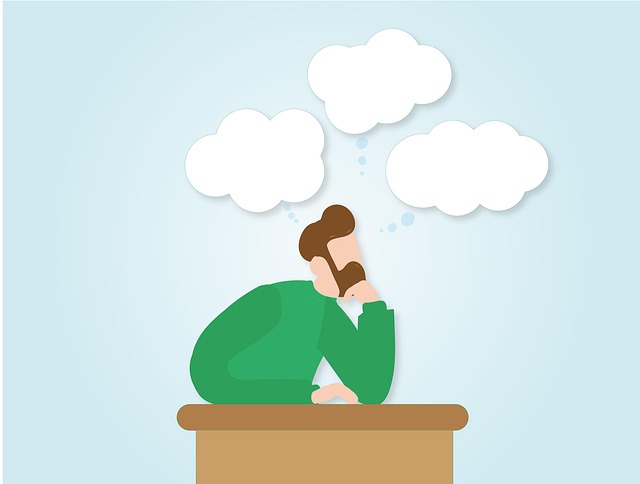
Breathing Exercises
Breathing exercises are a vital component of stress management and overall well-being. These techniques can be practiced anywhere and at any time, providing individuals with a simple yet effective means to alleviate anxiety and promote relaxation. This article will explore various breathing exercises, their benefits, and how to incorporate them into daily life.
The Importance of Proper Breathing
Many individuals are unaware of the profound impact that breathing has on their physical and mental health. Proper breathing techniques can enhance lung function, reduce stress, and improve emotional regulation. When one breathes deeply and mindfully, it activates the body's relaxation response, counteracting the effects of stress and anxiety.
Common Breathing Techniques
Among the various breathing exercises, two methods stand out for their effectiveness: pursed lip breathing and belly breathing. Each technique serves a unique purpose and can be beneficial for different situations.
Pursed Lip Breathing
This technique is particularly useful for individuals with chronic lung conditions, such as asthma or chronic obstructive pulmonary disease (COPD). Pursed lip breathing helps to slow down breathing and improve the exchange of oxygen and carbon dioxide in the lungs.
- Find a comfortable position: Sit or stand in a relaxed posture, ensuring that your shoulders and neck are relaxed.
- Inhale through your nose: Take a slow, deep breath in through your nose for a count of two.
- Purse your lips: As you exhale, purse your lips as if you are about to whistle.
- Exhale slowly: Breathe out gently through your pursed lips for a count of four. Focus on making your exhale longer than your inhale.
Practicing this technique regularly can help individuals manage shortness of breath and promote a sense of calm.
Belly Breathing
Belly breathing, also known as diaphragmatic breathing, encourages deeper breaths that engage the diaphragm. This technique is beneficial for reducing stress and enhancing lung capacity.
- Get comfortable: Sit or lie down in a comfortable position, loosening any tight clothing that may restrict your breathing.
- Place your hands: Rest one hand on your chest and the other on your abdomen.
- Inhale deeply: Breathe in slowly through your nose, allowing your abdomen to rise while keeping your chest relatively still.
- Exhale fully: Breathe out through your mouth, ensuring that your exhale is at least two to three times longer than your inhale.
As with pursed lip breathing, mastering belly breathing may take time, but the benefits are well worth the effort.
Incorporating Breathing Exercises into Daily Life
Integrating breathing exercises into daily routines can significantly enhance one's quality of life. Here are some suggestions for incorporating these techniques:
- Set aside time: Dedicate a few minutes each day to practice breathing exercises. This can be done in the morning, during breaks, or before bedtime.
- Use reminders: Set reminders on your phone or place sticky notes in visible areas to prompt you to practice your breathing exercises.
- Combine with other activities: Consider pairing breathing exercises with activities such as yoga, meditation, or even walking.
- Practice mindfulness: Focus on your breath throughout the day, especially during stressful moments. Taking a few deep breaths can help center your thoughts and emotions.
Conclusion
Breathing exercises are a powerful tool for managing stress, anxiety, and overall health. By practicing techniques such as pursed lip breathing and belly breathing, individuals can cultivate a greater sense of calm and improve their lung function. With regular practice, these exercises can become an integral part of a healthy lifestyle, promoting both physical and emotional well-being.

















 हायर एजुकेशन: एक संक्षिप्त परिचय
हायर एजुकेशन: एक संक्षिप्त परिचय 
 Health
Health  Fitness
Fitness  Lifestyle
Lifestyle  Tech
Tech  Travel
Travel  Food
Food  Education
Education  Parenting
Parenting  Career & Work
Career & Work  Hobbies
Hobbies  Wellness
Wellness  Beauty
Beauty  Cars
Cars  Art
Art  Science
Science  Culture
Culture  Books
Books  Music
Music  Movies
Movies  Gaming
Gaming  Sports
Sports  Nature
Nature  Home & Garden
Home & Garden  Business & Finance
Business & Finance  Relationships
Relationships  Pets
Pets  Shopping
Shopping  Mindset & Inspiration
Mindset & Inspiration  Environment
Environment  Gadgets
Gadgets  Politics
Politics 